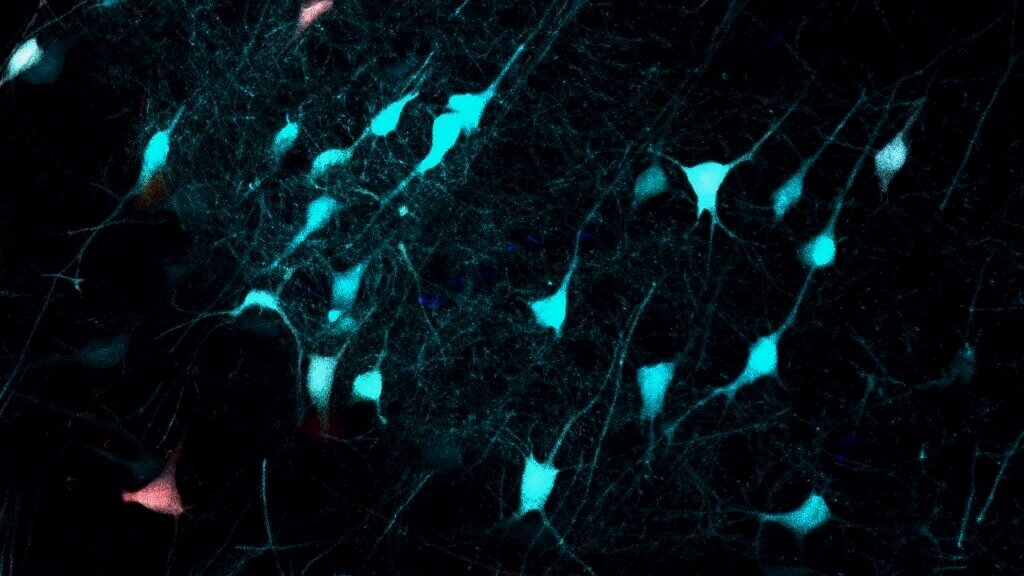
Our Research Focus
Tools for the Delivery, Detection, and Regulation of Gene Therapies
The ability to deliver gene therapies to specific anatomical regions or cell types is important for efficacy and safety profiles of treatment strategies. Our lab is improving our current tools in this space using AAV evolution screens in nonhuman primates to identify novel AAV capsids with unique transduction profiles that can be exploited for therapeutic benefit. This is one of several ways we are fine tuning existing gene therapy tools to expand how we deliver and control a broad range of gene therapy strategies.
Gene editing using CRISPR technologies can result in a variety of sequence alterations depending on repair mechanisms, surrounding sequences, and kinetics of the editing enzymes. To characterize specific editing outcomes our lab is using long read sequencing technologies and PCR free enrichment on tissue samples edited in vivo. We are also working on novel methods to analyze these data.
Regulating expression has been a major hurdle for the field of gene therapy. To approach this problem, our lab recently built the Xon switch that allows for the fine control of expression. The extent of ‘on’ is regulated by the strength of the promoter, the amount of orally available drug dosed to the animal and features of the protein being expressed.
Gene Therapy for Dominant Neurodegenerative Disorders
Dominantly inherited neurodegenerative disorders are challenging to treat and currently have a poor prognosis. We are developing gene therapy and gene editing strategies to treat a myriad of these diseases, including the trinucleotide repeat disorders Spinocerebellar Ataxia Type 1, and Type 2, Huntington’s Disease, Fragile X-associated Disorders, and Amyotrophic Lateral Sclerosis. Strategies include the use of artificial micro-RNAs, Clustered Regularly Interspaced Short Palindromic Repeats (CRISPR), and exogenous gene expression. We take advantage of newly developed methodologies either at the capsid level or the cargo level and adapt them to disease models. For those that are successful in improving disease readouts, we work to advance to the clinic.
Gene Therapy for Lysosomal Storage Disorders
Ceroid lipofuscinosis type III, and ceroid lipofuscinosis type II or CLN3 and CLN2 disease, are childhood onset recessively inherited loss of function neurodegenerative disorders. For CLN3 disease, we have developed unique animal models that provide insight into what brain cells should be corrected, and are using our evolved AAVs to test the impact of gene replacement therapies to those cells. These include simple cDNA-based approaches to complement the missing protein, or, using our Xon switch system to induce exon skipping to allow expression of the endogenous mutant protein. For CLN2 disease, gene expression in a handful of cells in the CLN2 can have profound. Impact on improving disease phenotypes throughout the brain. Our AAV evolution studies have identified vectors that improved penetration in primate brain, and we are advancing those to the clinic for patient therapy.


